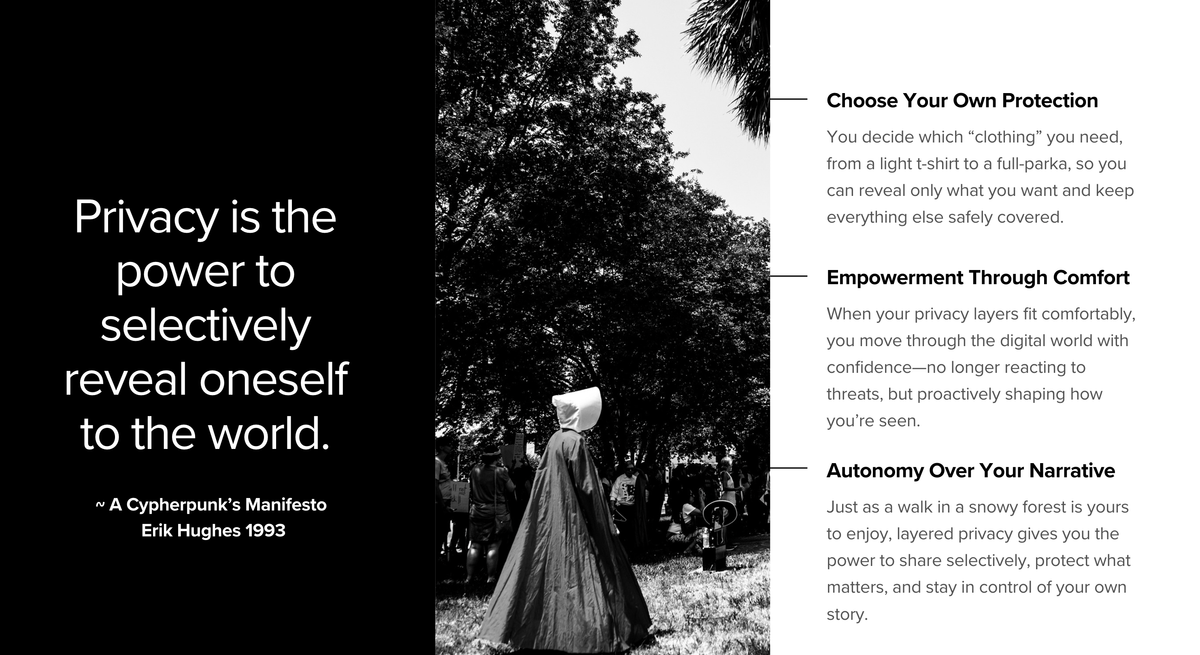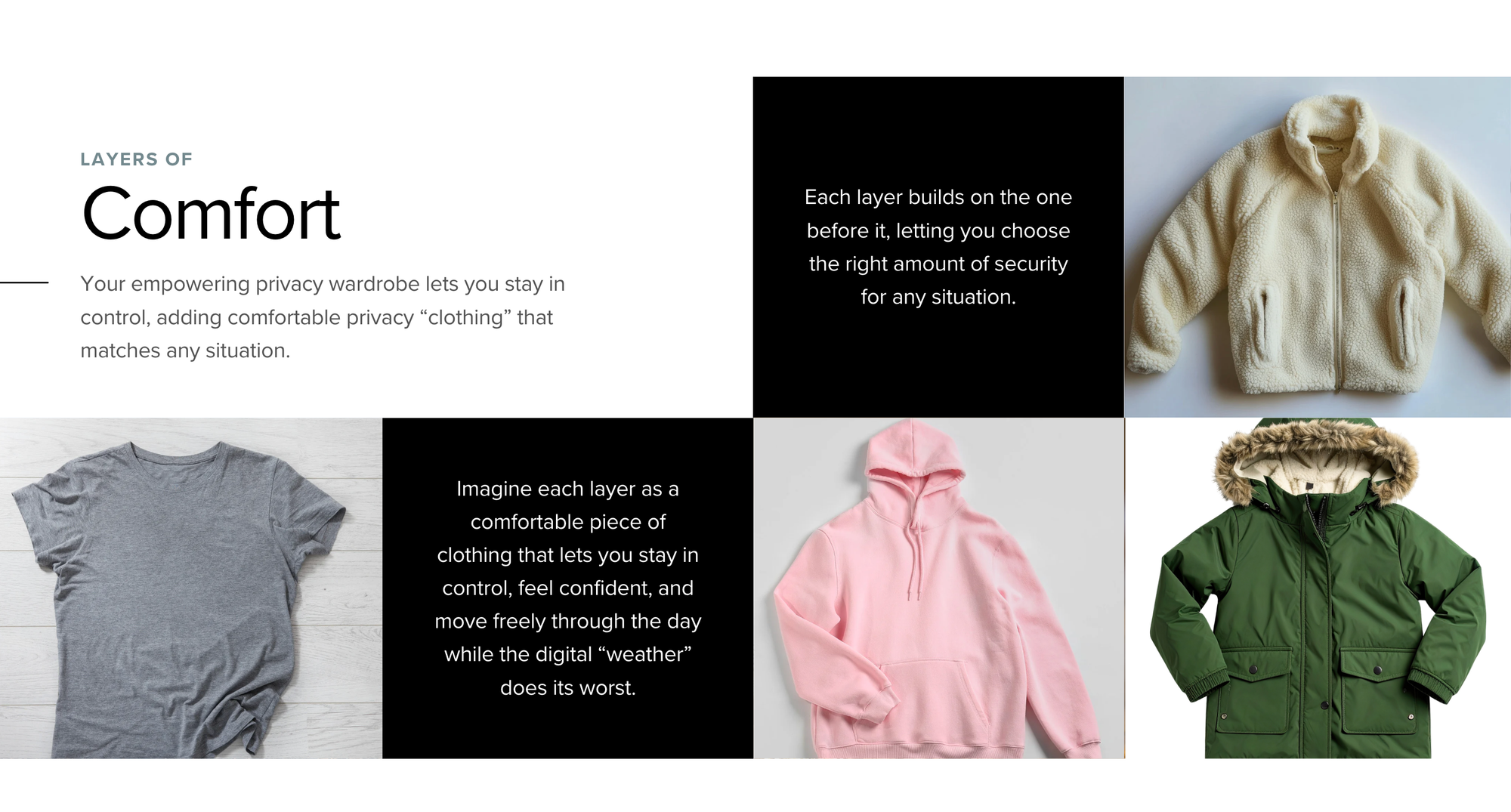Right Relationship with Technology

What is your relationship with technology? Do you fear it? Loathe it? Long for it? Feel addicted to it?
Do you have a perpetual sense of cognitive dissonance using the technology now deeply intertwined in our daily lives? You know certain aspects of the devices, platforms and algorithms you use throughout the day are toxic and invasive, designed to extract value from you as a human and transfer it to the billionaire class. Yet, your real connections to humans or causes you care about are built upon this toxic quicksand.
Sometimes the resistance is difficult to quantify, more of a feeling that dwells in the back of your mind as you hit “Submit” and shrug off the whisper of a warning. Other times a visceral reaction occurs and you can pinpoint the sensation of unease, sending your nervous system into a sympathetic response, preparing for fight or flight from an illusive enemy with no physical form.
Our connection to our loved ones and our communities is also a massive tracking device for the nefarious in our society. Corporations optimize every click and page view for ad spends to keep the consumption economy chugging along. Politicians and Nation States deploy weaponized algorithms to keep a population polarized and in a perpetual state of fear— keeping citizens compliant and obedient.
But what if we just opt-out? We have agency. We still have autonomy. For now, we are still sovereign citizens with the ability to choose how, when and WHY we use the tech that powers our lives. And if you’re a GenX like me, you have a point of reference to our analog childhood. We know the before times. We long to return to that simplicity.
What I’m proposing here is that we openly and deliberately choose how we use technology, in each and every instance. We, as sovereign humans, have the ability to determine our relationship with technology.
Embracing Right Relationship with Technology
It’s simple in theory, difficult in practice. But nothing I’m advocating for here is out of our reach. If we learn, practice and begin mindfully using our tech stack in alignment with who we are and what we wish to achieve with our limited time on this planet, we can reframe our technology use to empowerment— not extraction.
Our first exercise is one of finding alignment. Play some calming music, grab a fresh cup of tea/coffee, light a candle and get to brainstorming.
Step One: Define and own your core mission.
- Your WHY. We all use technology for different reasons.
- For some, technology just helps the day’s tasks get done with efficiency.
- For others, tech allows them to fulfill a mission greater than themselves.
- Take a few moments to freewrite about the core mission for spending time on screens, laptops, platforms and protocols.
Step Two: What does your current privacy hygiene look like?
- Are you spewing digital exhaust (personal data leakage) all over the interwebs and on every public WiFi your devices connect to?
- Or do you have a protective layers around your devices?
Step Three: What’s your risk factor?
- Does your work put you at risk given the current political climate or do you work in a high sensitive/high risk environment?
- Does anyone in your inner circle fall into those perimeters?
- Do your social or political beliefs put you at risk for scrutiny?
Step Four: Is your current digital practice (or lack of) blocking your core mission from fully manifesting?
- Are there certain technologies you aren't using now because of fear or uncertainty that would help you manifest your mission with more ease or efficiency?
- Are you afraid to use certain technologies because you don't understand the privacy measures necessary to use them safely?
- Do certain apps or websites cause a visceral reaction from your nervous system and thus prevents you from engaging with them for a program or project on a consistent basis?
After you’ve identified your mission and stated your current privacy hygiene, take a quick moment to explore if these two are out of alignment? Just make note of this friction if it exists.
Layers of Comfort
In order to step fully into Right Relationship with Technology, we need to put layers of protection in place that keep us in alignment with the missions we stated in the previous section. Our privacy measures protect our abilities to move fluidly throughout the necessary tech tools for our mission without violating our autonomy and giving our powers (and mental wellbeing) over to an algorithm built and controlled through black boxes.
But how do we even get started on the privacy front so you can move into a more aligned relationship with our tech? I created the Layers of Comfort to help us begin to create an accessible and easy methodology for our privacy practices. The concept is simple, your “privacy wardrobe” should reflect the weather of the situation you’re encountering to fulfill your mission, or just to achieve a goal with tech.

Now, we all have different spectrums of privacy wardrobe needs. We will also have needs that change over time or with certain situations we encounter. Here's two simple examples of the varying scope of comforts needed by women in different situations.
- Are you a stay at home mom who uses technology for volunteering at school and coordinating kid’s activities? Your main concern, from a privacy perspective should be protecting your family and the children you come in contact with, including how you share images of children's activities on socials, keeping personal information and photos out of black box AI and using strong password managers.
- Are you a community organizer for immigration or LGBTQ+ populations (or any demographic being targeted by the government)? You need to take deeper privacy measure to protect every contact in your phone, email and social media accounts. Your actions need to be more calculated and privacy must lead your technology tool choices.
For our stay at home mom, a T-Shirt will suffice for most days. But let’s say our mom’s tween daughter wants to participate in a local No Kings protest. Since our mom already has a solid basic practice, and has explored what’s necessary to protect herself in various situations, she knows it’s time to put on her hoodie and lock down her privacy a bit tighter for the protest. She can do the steps in the “hoodie” Layer of Comfort, or simply leave her mobile devices at home for the day and wear a hat, glasses and face mask to protect from facial recognition.
Our mom took the proper precautions and was able to both protect her family and also share a powerful day of resistance with her daughter, knowing she was doing so from a place of empowerment. She was in Right Relationship with her technology and knew her actions helped fulfill her mission of supporting her daughter's education and expanding viewpoints of the world.
Let’s say our mom invites her neighbor to come to the next protest. The neighbor is a college professor who was just placed on the Turning Point black list because a student did not agree with her curriculum choice and submitted her name for surveillance. The neighbor is also aware of her current Layer of Comfort (the fleece jacket) but knows she can’t put on a weatherproof parka on short notice and doesn’t want to put her friends, family or her career in deeper jeopardy, so she decides not to attend.
She made an informed decision based on her risk and her mission. Instead of the direct action of protesting, she spends the afternoon working on her upcoming essay about resistance in higher education during a time of political peril and the weaponization of technology and identity.
Both the decision to participate in direct action, or not, were made from a place of power and sovereignty because each woman understood her deeper mission and her existing privacy footprint and resources. Fear was not part of the conversation, deliberate and mindful action was the driving factor.
Those are both examples of Right Relationship with Technology. And there are hundreds of decisions we make on a weekly basis (or more) where we must choose HOW we are using technology to further our goals in life; personal, professional or societal.
The Next Steps...
Now that you've come this far, there's nothing left to do but....keep going. Here's a link to the full presentation of the Layers of Comfort and the full alignment exercise.
